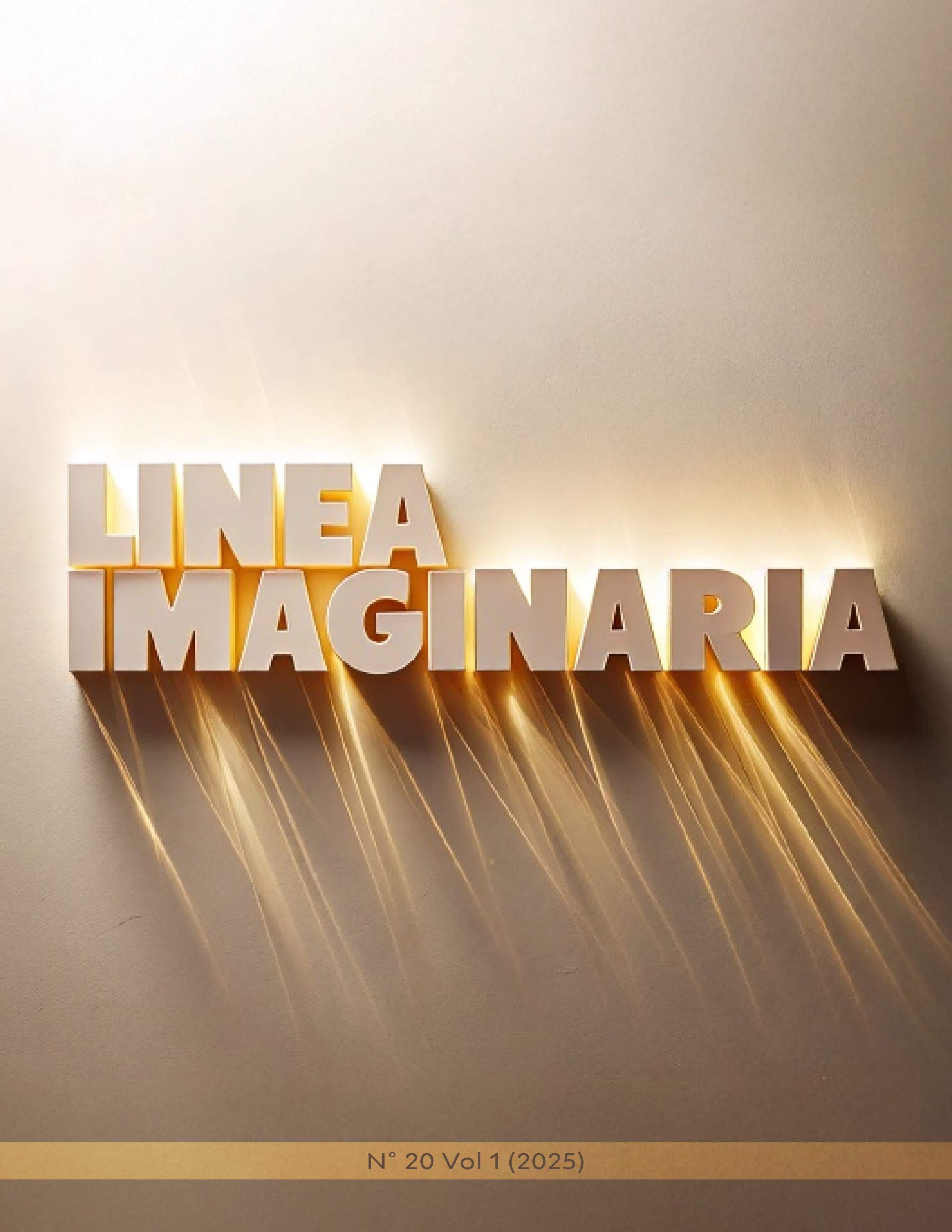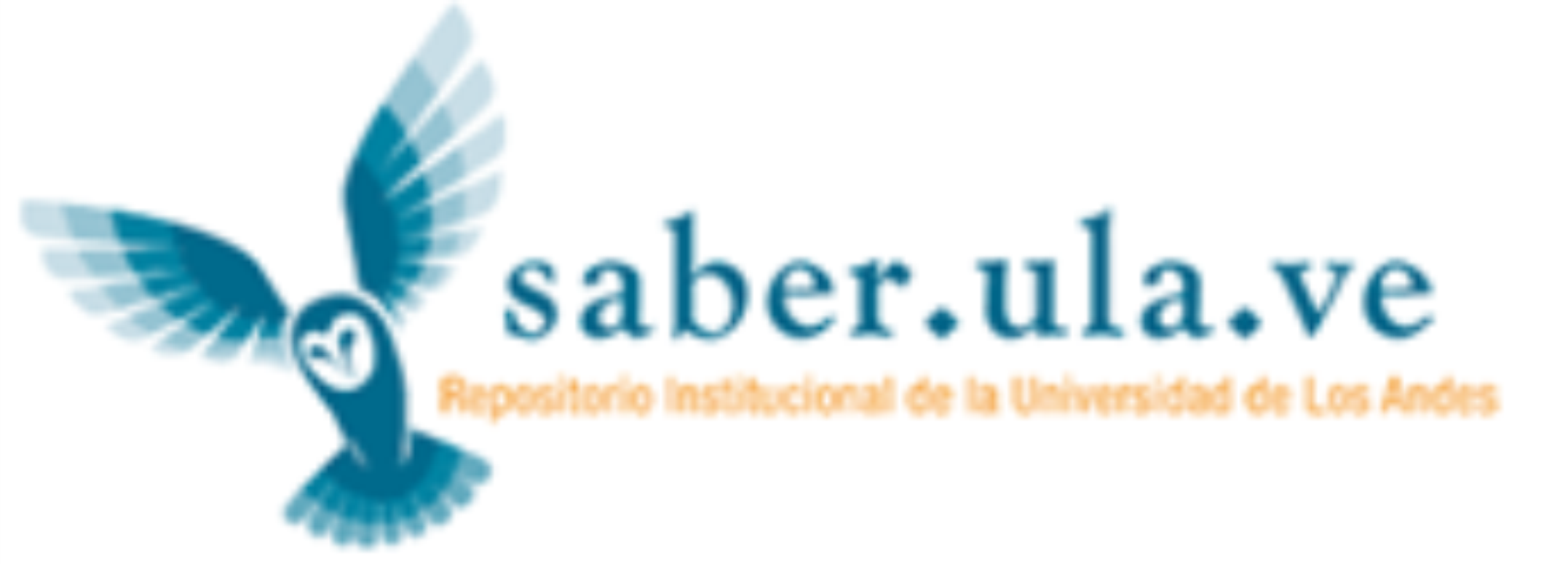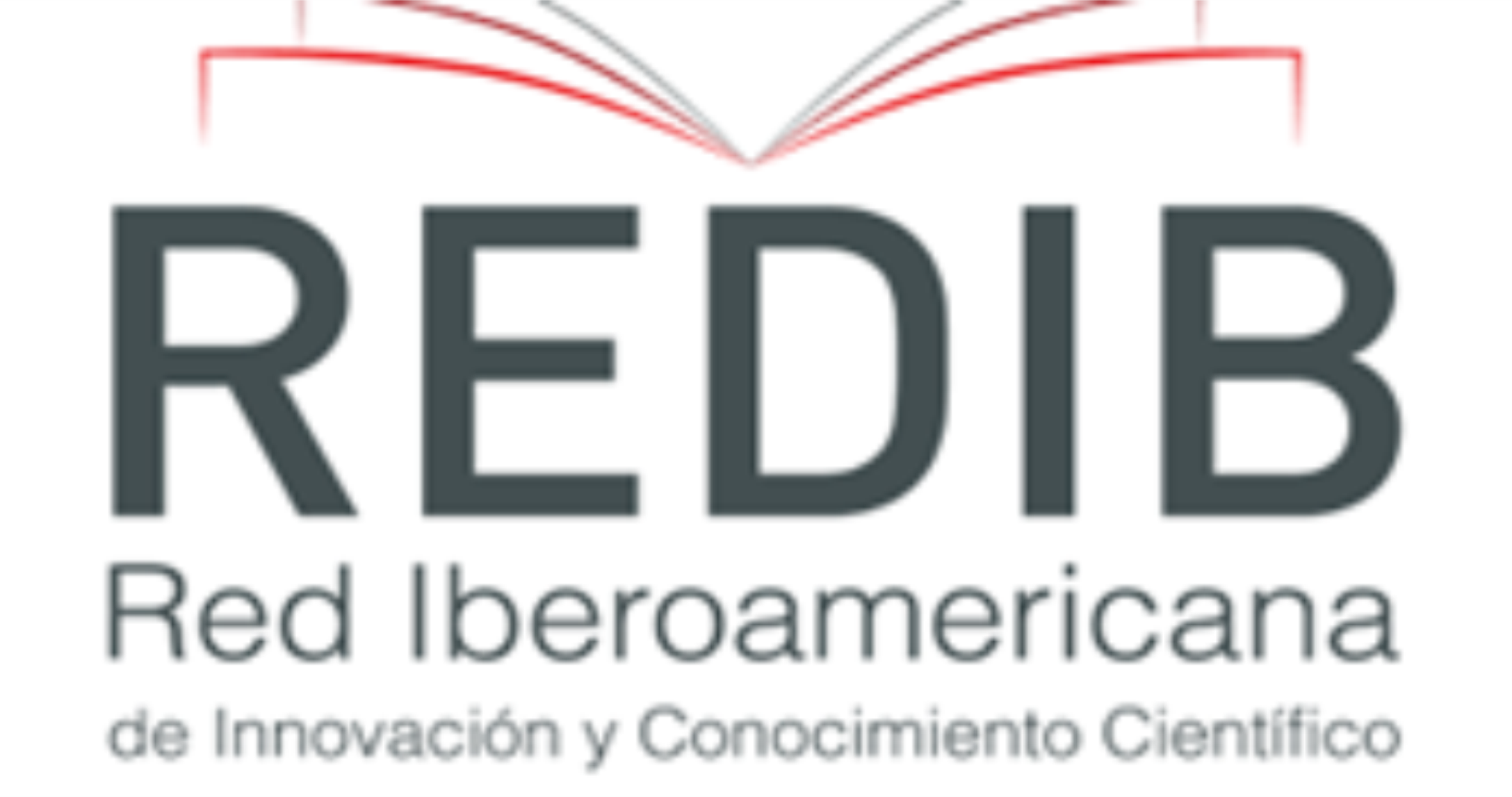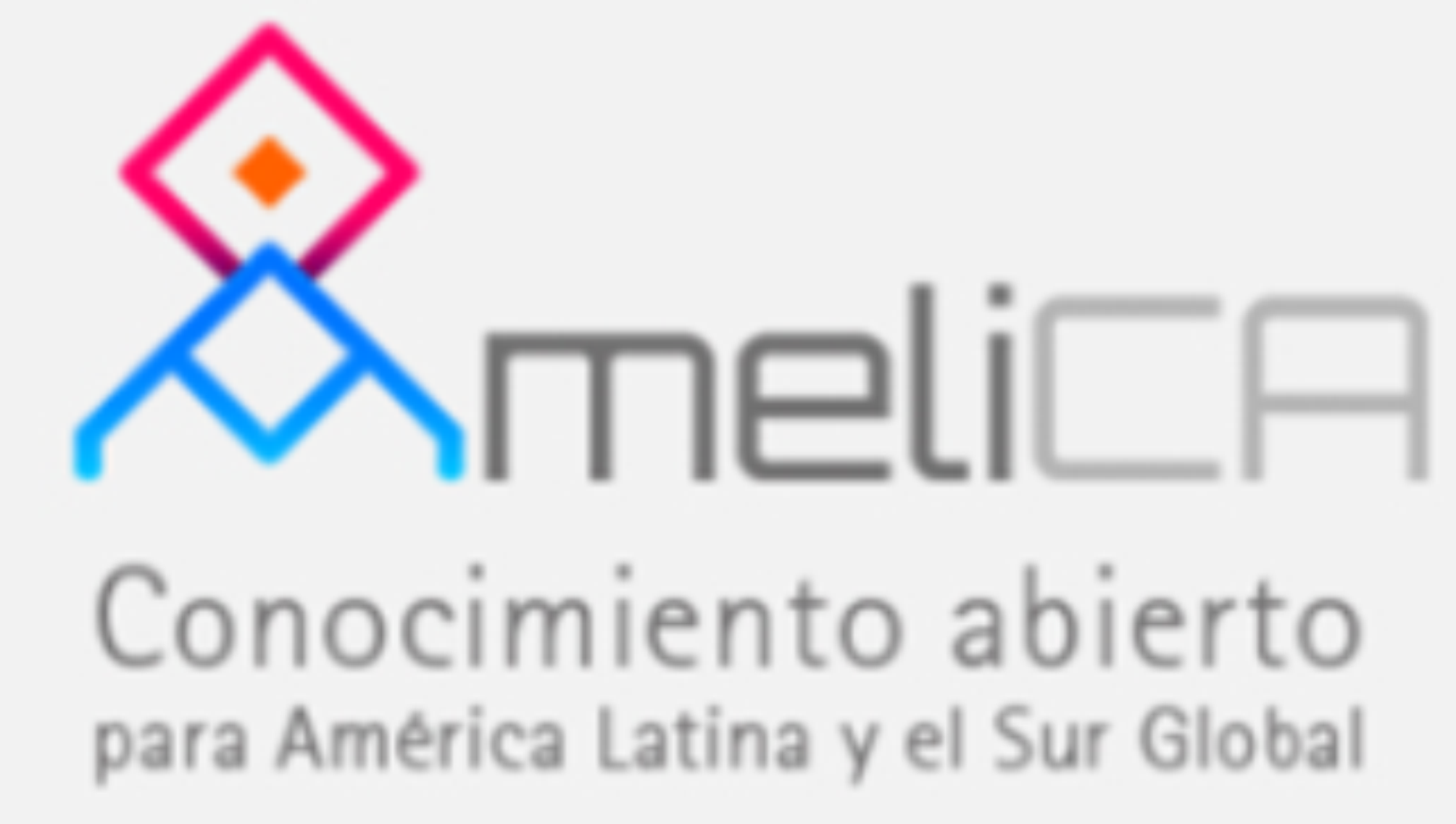READING THE WORLD FROM CATATUMBO: CRITICAL LITERACY IN COLOMBIAN RURAL EDUCATION
DOI:
https://doi.org/10.56219/lneaimaginaria.v1i20.3701Keywords:
critical reading, rural education, critical pedagogy, literacy, reading comprehensionAbstract
In Colombia, promoting critical reading in rural basic education holds strategic importance, particularly in regions such as Tibú and Catatumbo, which are marked by complex sociopolitical conditions. This essay explores how the pedagogical approaches of Paulo Freire, Daniel Cassany, and Isabel Solé engage in dialogue with the educational challenges of these contexts. The central idea suggests that a pedagogy of critical reading—rooted in Freire’s concept of social awareness, Cassany’s notion of critical literacy, and Solé’s reading comprehension strategies—can empower rural teachers and students to “read” their reality and transform it. The essay argues, first, that critical reading goes beyond mere text decoding to become a deep act of understanding the surrounding world. It then examines specific challenges of the Colombian rural context: multigrade classrooms, teacher training gaps, violence, and infrastructure deficits, all of which hinder the development of advanced reading skills. In response, theoretically grounded pedagogical proposals are presented: connecting the curriculum to local realities (Freire), teaching how to question and “read between the lines” (Cassany), and applying metacognitive comprehension strategies (Solé). Together, these arguments highlight the need to contextualize reading instruction in order to develop critical readers who can interpret their environment and actively participate in society. The essay concludes that empowering rural students through critical reading not only enhances their academic competencies but also strengthens their awareness and agency in the face of surrounding injustices, calling for a final reflection on the transformative role of the rural educator.
Downloads
References
Beltrán, P. (2023). Retos para la enseñanza de la lectura en el contexto rural de Colombia. Ciencia Latina Revista Científica Multidisciplinar, 7(5), 4893–4909. https://doi.org/10.37811/cl_rcm.v7i5.8084 DOI: https://doi.org/10.37811/cl_rcm.v7i5.8084
Cassany, D. (2005). Los significados de la comprensión crítica. Lectura y Vida, 26(3), 32-45.
Cassany, D. (2021). Lectura crítica en tiempos de desinformación. Revista Electrónica Leer, Escribir y Descubrir, 1(9). Disponible en https://digitalcommons.fiu.edu/led/vol1/iss9/3
Estupiñán, V. (17 de febrero de 2025). Estudiantes de La Gabarra, en Tibú, cierran colegio por falta de docentes. W Radio Colombia. https://www.wradio.com.co/2025/02/17/estudiantes-de-la-gabarra-en-tibu-cierran-colegio-por-falta-de-docentes/
Freire, P. (2008). La importancia de leer y el proceso de liberación. Buenos Aires: Siglo Veintiuno Editores
Freire, P. (2009). Cartas a quien pretende enseñar (2ª ed.). Buenos Aires: Siglo Veintiuno Editores
Solé, I. (1987). Las posibilidades de un modelo teórico para la enseñanza de la comprensión lectora. Lectura y Vida, 20(1), 6-13 DOI: https://doi.org/10.1080/02103702.1987.10822170
Solé, I. (2008). Estrategias de lectura. Barcelona: Graó
Subregión Catatumbo – PDET: Agencia de Renovación del Territorio. (2023). Informe de seguimiento educativo PDET Catatumbo 2018-2021. Recuperado de https://centralpdet.renovacionterritorio.gov.co (indicadores de Lectura Crítica y Matemática).
Downloads
Published
How to Cite
Issue
Section
License
Copyright (c) 2025 LÍNEA IMAGINARIA

This work is licensed under a Creative Commons Attribution-NonCommercial-ShareAlike 4.0 International License.
La revista Línea Imaginaria conserva los derechos patrimoniales (copyright) de las obras publicadas, que favorece y permite la reutilización de los mismos bajo la licencia Creative Commons Atribución-NoComercial-CompartirIgual 4.0 , por lo cual se pueden copiar, usar, difundir, transmitir y exponer públicamente, siempre que se cite la autoría y fuente original de su publicación (revista, editorial, URL y DOI de la obra), no se usen para fines comerciales u onerosos y se mencione la existencia y especificaciones de esta licencia de uso. Si remezcla, transforma o crea a partir del material, debe distribuir su contribución bajo la misma licencia del original.













